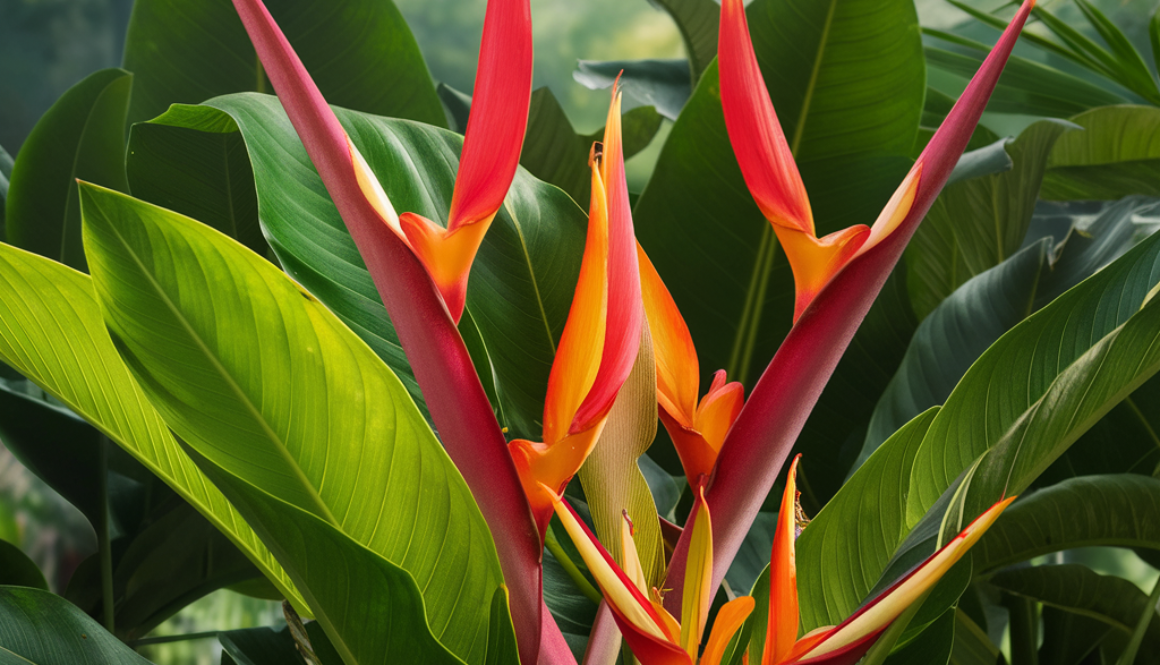Hatikana
Hatikana, known scientifically as Leea indica, is a shrub or small tree found predominantly in tropical regions of Asia, including India, Sri Lanka, and Southeast Asia. This plant belongs to the Vitaceae family and is recognized for its medicinal properties and uses in traditional medicine systems across its native range.
Part Used: The leaves, roots, and stems of the Hatikana plant are the primary parts used for their medicinal benefits. The leaves are often harvested for their bioactive compounds, which are believed to offer various health benefits. The roots and stems are also used in traditional remedies, albeit less frequently than the leaves.
Usage: In traditional medicine, Hatikana is utilized for its anti-inflammatory, analgesic, and antimicrobial properties. The leaves are commonly used to make herbal infusions or decoctions to treat ailments such as fevers, wounds, and digestive issues. Additionally, the plant is believed to have properties that can aid in the treatment of rheumatism and joint pain. Some traditional practices also employ Hatikana as a remedy for skin conditions and infections due to its antimicrobial effects.
Agrotechniques: Cultivating Hatikana requires a warm, tropical climate with well-drained soil. The plant thrives in both full sunlight and partial shade, making it adaptable to various growing conditions. Propagation is usually done through seeds or cuttings, with seeds sown in well-prepared beds during the rainy season to ensure adequate moisture for germination. Once established, Hatikana plants require regular watering, especially during dry periods, and occasional fertilization with organic matter to promote healthy growth. Pruning may be necessary to maintain the plant’s shape and encourage the development of new shoots. Harvesting of the leaves can be done throughout the year, but it is best to collect them when the plant is in its peak growth phase for optimal potency.

